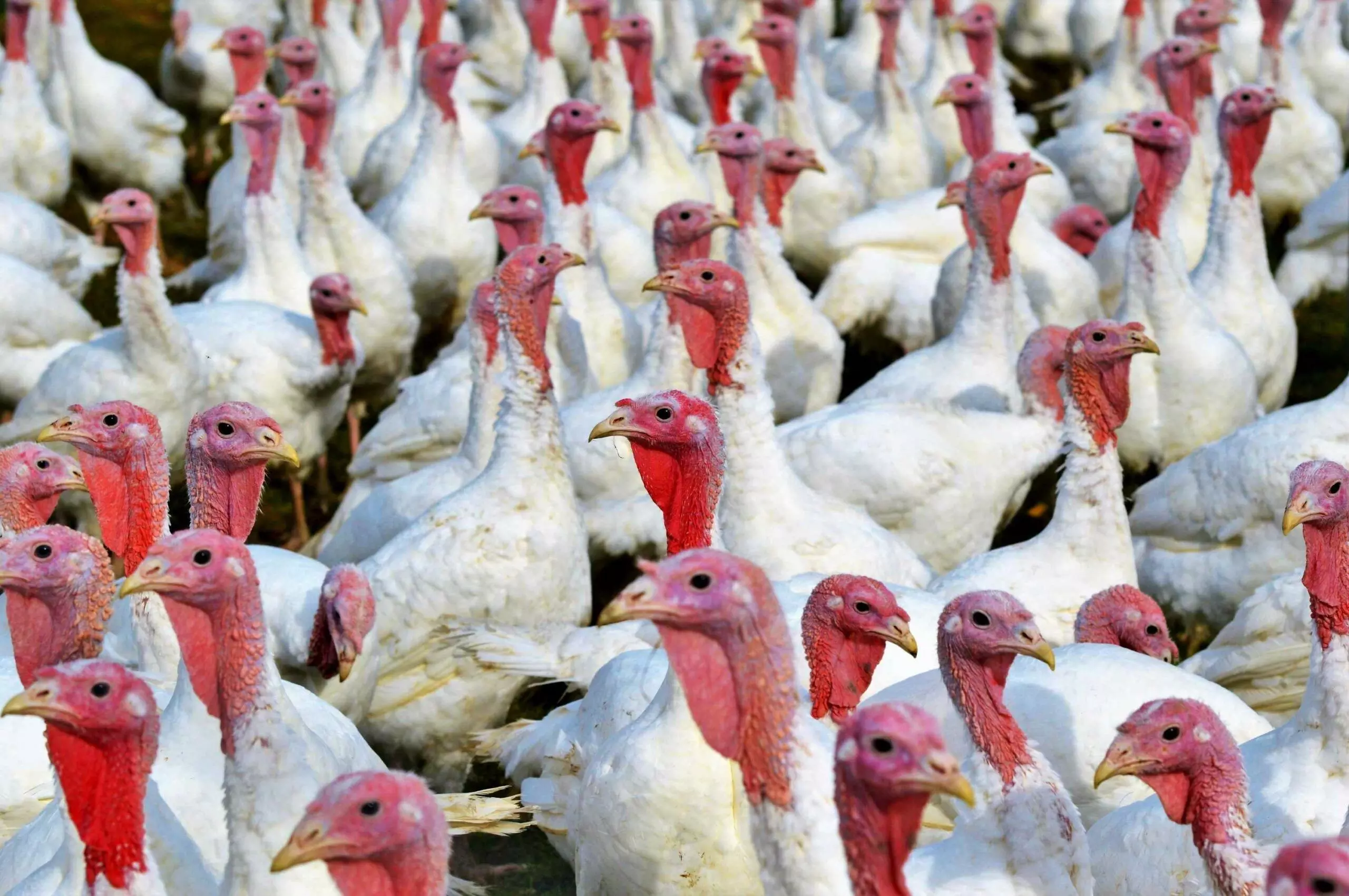A risk from the farm

The world of viruses has come to haunt humans lately — more vigorously and frequently than ever before. Even as the world still grapples to recover from the irreparable losses faced during the Covid-19 pandemic, newer risks keep emerging. At first, there was a strange spread of the monkeypox virus in unusual territories. And now, we are told that the H5NI subtype of Avian influenza is showing signs of mammalian spillover. Though bleak in nature, the theories around the present avian influenza outbreak being a sign of another pandemic are making rounds, not just in popular discourse but also among the scientific fraternity. Experts have, however, reassured that the chances of avian influenza outbreak taking the form of a human pandemic is highly unlikely. In the first place, influenza and its subtypes are predominantly intrinsic to the birds’ world. Secondly, even if its spread among mammalian species — including humans — is well-documented, mammal-to-mammal transmission is extremely rare. On the flip side, the pathogen is of a highly fatal nature. It is learnt that to date, more than 800 cases of human H5N1 infections have been reported, and the fatality rate of these transmissions has been as high as 53 per cent. It means that any human catching the virus has not even 50-50 chances of survival. A second negative sign has been a recent incident of intra-mammal transmission of the virus among mink bred in close quarters at a farm in Spain. The H5N1 subtype sequenced from the mink farm showed several mutations, including T271A that enhance viral replication in mammalian tissues. Thirdly, the recent outbreaks are reported to have spread to more unusual bird species that may be responsible for carrying the virus to new areas. New additions to the list of affected mammals have also been observed lately. Given that the world of viruses is highly dynamic and of evolving nature, the mammal-to-mammal spread in Spain was indeed alarming. It is a discouraging fact that despite the leaping progress made in the field of science and technology, experts are still struggling to wrap their heads around the trajectory and nature of viruses’ evolution, mutations and transmission. Fourthly, the Covid-19 pandemic and the monkeypox outbreak showed that severe viral outbreaks can go on to become global from local in no time. Each and every sign of unusual viral behaviour accounts for due diligence on the part of humans. When things start going in the wrong direction, we still have a fresh memory that it can become uncontrollable. In the case of the present avian influenza outbreak, even if the situation appears to be in control, there is a need for positive public discourse around the risks, challenges and safeguards. Apart from minimising the chances of escalation of the present situation, an informed public discourse can raise awareness among the people. The term “spillover” has been making the rounds in scientific conversations for a while. Changing environmental patterns and fast-depleting animal habitats have ensured that strange and virulent viruses keep spilling over into human territories. This trend is increasingly getting normalised and so is the risk of threatening viral infections globally. A continuous dialogue, both among the scientific community and the general public, can equip us with the ability to live with viruses more smoothly. The Covid-19 pandemic was one big phenomenon but, certainly, not the last one. The viral world is likely to pose small and big challenges from time to time. We can simply not afford to get caught off-guard. Everything said and done, at present, there are no significant tangible risks to the human race from the present avian influenza outbreak. However, virus outbreaks need to be seen in continuity and not as one-off problems. Humans have got to be more systematic in terms of preparedness. In order to prevent H5N1 spillovers and outbreaks, there is a need to ensure regular vaccination of poultry, safe segregation of deceased and affected birds, use of protective gear while dealing with the birds etc. A greater and more general area of focus is reducing the extent of incomprehension around viral transmissions and mutations. Regular molecular surveillance and genome sequencing might be the way to go forward. In addition, the need for systematic monitoring and evaluation has also become pertinent.



